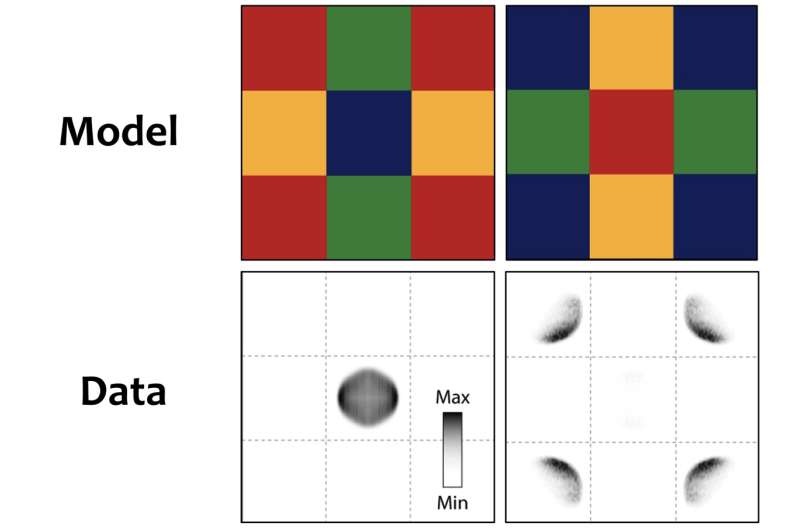Researchers have made a groundbreaking discovery in the realm of quantum physics, uncovering the existence of elusive ‘dark states’ in certain materials with complex crystal structures. This finding could have far-reaching implications for our understanding of materials and their underlying properties.

Solving the Mystery of Dark States
Dark states are an interesting concept in the world of quantum physics, and refers to a way to keep a system in this particular state where it does not respond to external fields — for example, light or electromagnetic fields.
The reason why these states are so interesting is that they are essentially ‘dark’ to conventional spectroscopic techniques, such that their study and characterization can be quite difficult.
Before that, scientists had thought the only reason they could not observe some electrons with these methods was an issue of the methods used – not of an intrinsic property of the materials. A new study led by researchers at Yonsei University in South Korea and a few other institutes has countered this, discovering that these mysterious dark states do exist even in the context of complex crystal structures.
Two Pair of Sublattices in Quantum Systems
They were interested in quantum systems with two pairs of sublattices, such as palladium diselenide, cuprate superconductors and lead halide perovskites.
These materials have a special crystal structure with unique symmetry, which caused the electrons inside to fall into four classes. Of these four types, just one can be measured with the experimental tool known as angle-resolved photoemission spectroscopy (ARPES) which is practically often used to study material’s electronic structure.
The other three have declared themselves to be ‘free’ but may also lie secretly in ‘dark states,’ invisible to their environment by usual spectroscopic means. These are major findings for the understanding of these particular materials and the physics that drives their operation.
Conclusion
Finding dark states in two-sublattice quantum systems provides a new direction for material discovery that could have wide reaching consequences on fields as consequential as superconductivity and quantum computing. This could lead to new discoveries that significantly push the frontiers of our knowledge of what is matter and energy.
